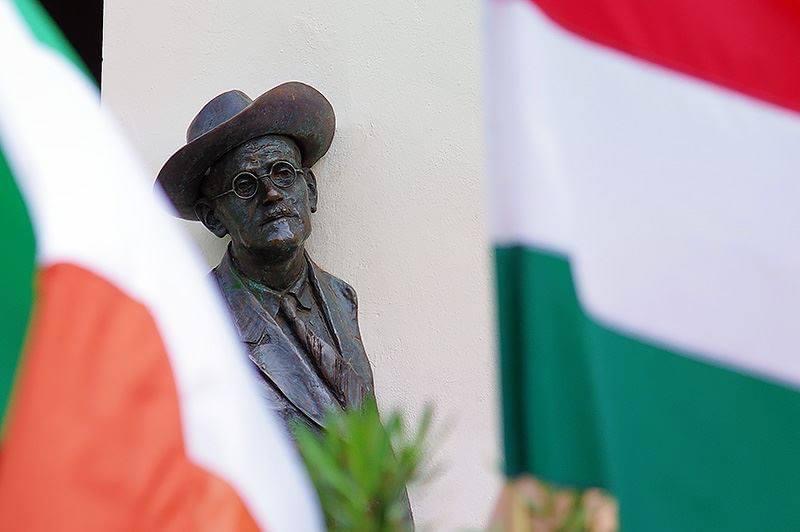On this day in 1922, a limited number of James Joyce’s novel Ulysses was published by a small bookshop in Paris. Little did Joyce know on his 40th birthday that his groundbreaking work would later be celebrated around the world, especially here in Hungary. Exactly a century later, the Irish Embassy in Budapest is organising a special literary evening while over in Szombathely, western Hungary, where key fictional character Rudolph Bloom was born, public art depicts scenes from the book. To discover more about Ulysses and Hungary, we speak with Szombathely’s Bloomsday organisers Ferenc Kassai and Szabolcs Prieger, the novel’s Hungarian translator Dr Marianna Gula, and Prof Dr Michael McAteer, lecturer on Irish literature here at PPCU Budapest.
The story starts and ends on 16 June 1904, the day Joyce met his life-long love, Nora Barnacle. They fled Ireland together that October and eventually settled in Trieste, then part of the Austro-Hungarian Empire. This was probably where Joyce became acquainted with the local Hungarian circle.
Joyce and the Hungarians
“There he met the founder of journal Il Magyar Piccolo, an important platform for Hungarian culture in the region,” says Dr McAteer, who is also the director of the Budapest Centre for Irish Studies.
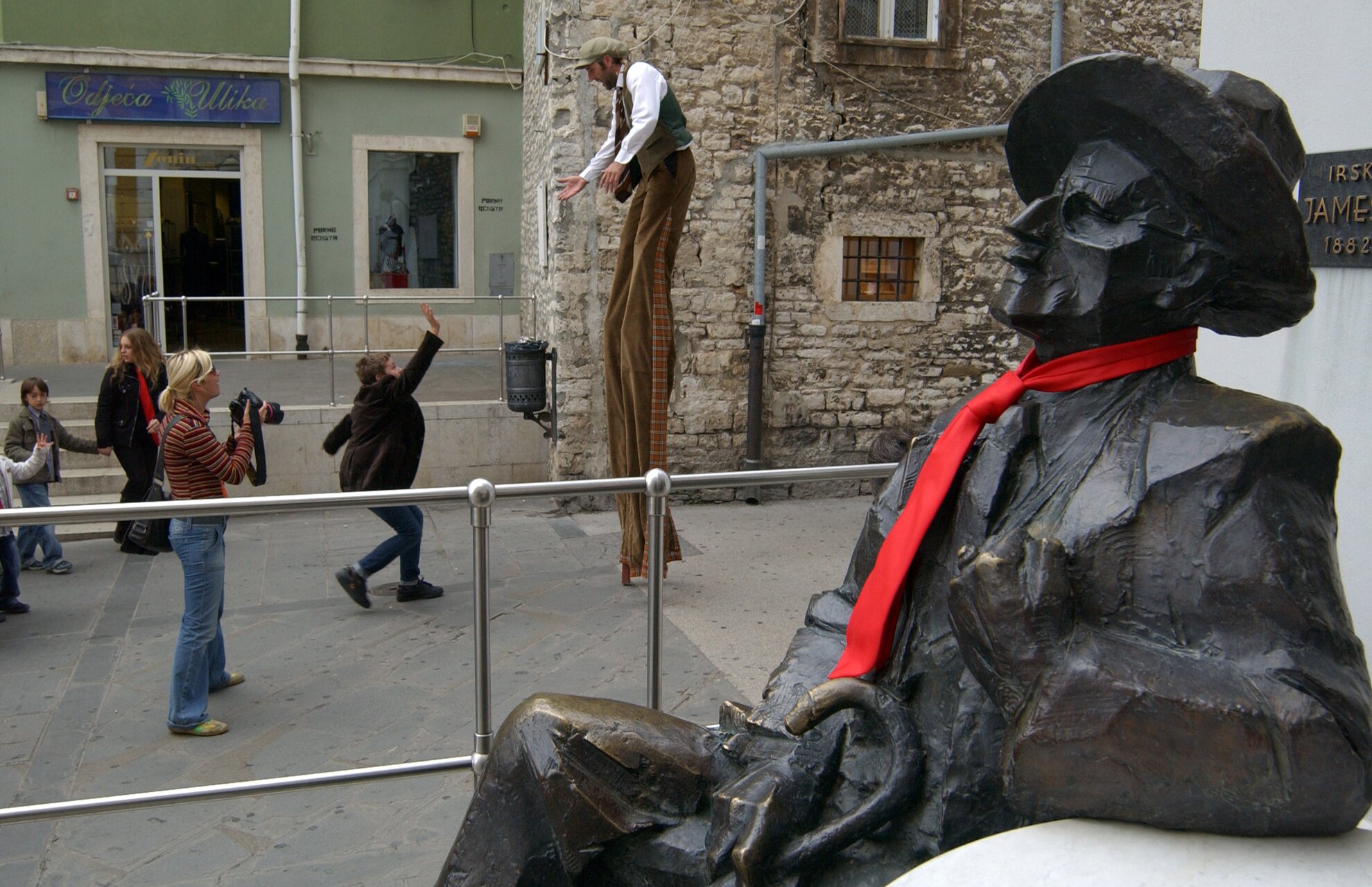
Joyce also taught English to naval officers in nearby Pula, another Habsburg port, where later Hungarian leader, Miklós Horthy, attended as a student. Although there is no concrete evidence that Joyce and Horthy crossed paths, speculation suggests they did.
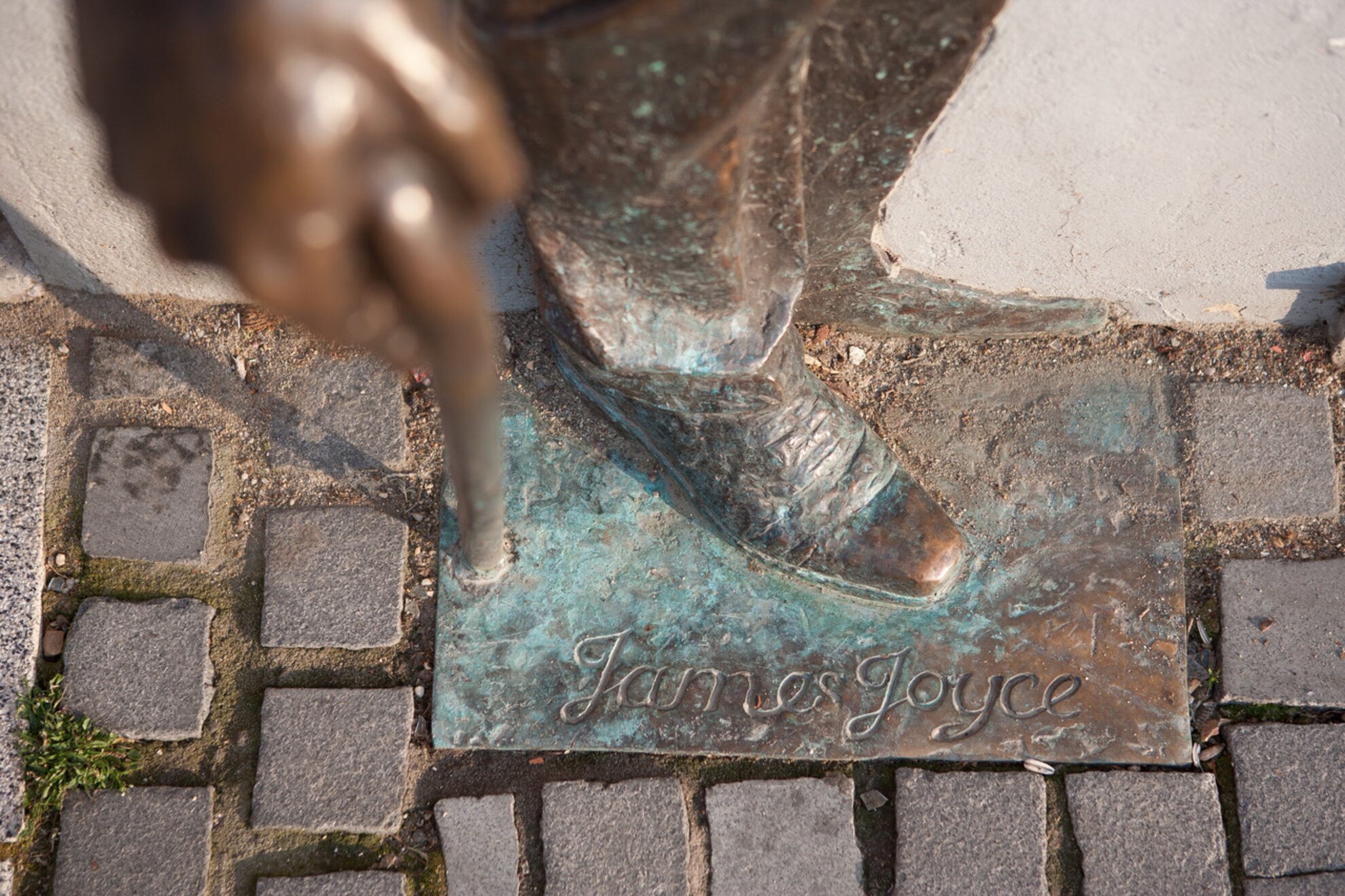
Joyce himself almost certainly never visited Budapest or Szombathely, although he linked the main character in Ulysses, Leopold Bloom, to the provincial city where his father Rudolph was born. Szombathely is now the epicentre of Hungary’s Joycean activities.
Ulysses 100 in Hungary
For more information about this year’s events and today’s literary evening in Budapest, see details at the end of this article.
Leopold Bloom’s father, originally Rudolf Virág, was a Szombathely Jew who emigrated to Dublin where he started his family, changing his name to Rudolph Bloom. This surname is rendered in Hungarian by the word virág, signifying the same term. This Jewish link is revisited in the episode in Ulysses known as Cyclops.
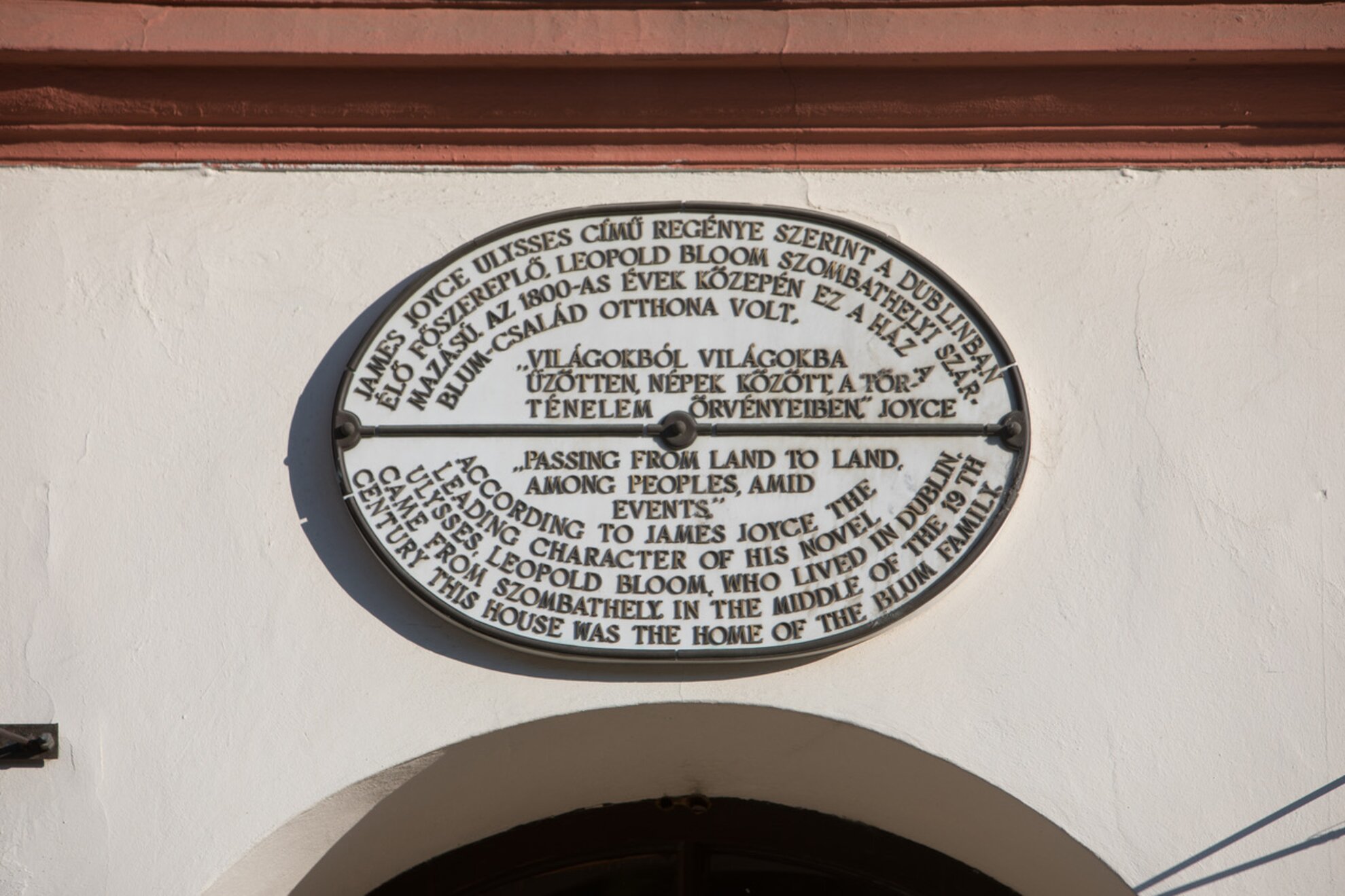
Bloom meets a character in a Dublin pub referred to as ‘The Citizen’ who doesn’t regard Bloom as Irish, but he rather despises him because of his origins.
Moreover, it is at this juncture that Joyce introduces Hungarian expressions in a grammatically incorrect way. While this may be interpreted as the writer mocking the language for its notable difficulty, legend has it that in the first edition published in Paris a century ago, which Joyce had control over, the Hungarian was perfectly correct.
However, Joyce translator and lecturer on Irish literature at the University of Debrecen, Dr Marianna Gula comments:
Translating Ulysses
“The incorrectly used Hungarian expressions in the 1974 Hungarian translation of Ulysses had been corrected by the translator, but later on, modern Hungarian versions went back to the original mistakes…”
The original version may well have contained incorrect Hungarian expressions. As first editions from the 1,000 printed in 1922 are among the most highly prized in literature, selling for $40,000-$75,000, a signed one for well over $100,000, it’s a Joycean mystery to find out what was actually committed to paper.
Sadly, the author took the secret to his grave. Perhaps Hungary’s Joyce obsession is supported by the fact that it’s been translated into Hungarian four times, producing a slightly more concise adaptation for local understanding each time.
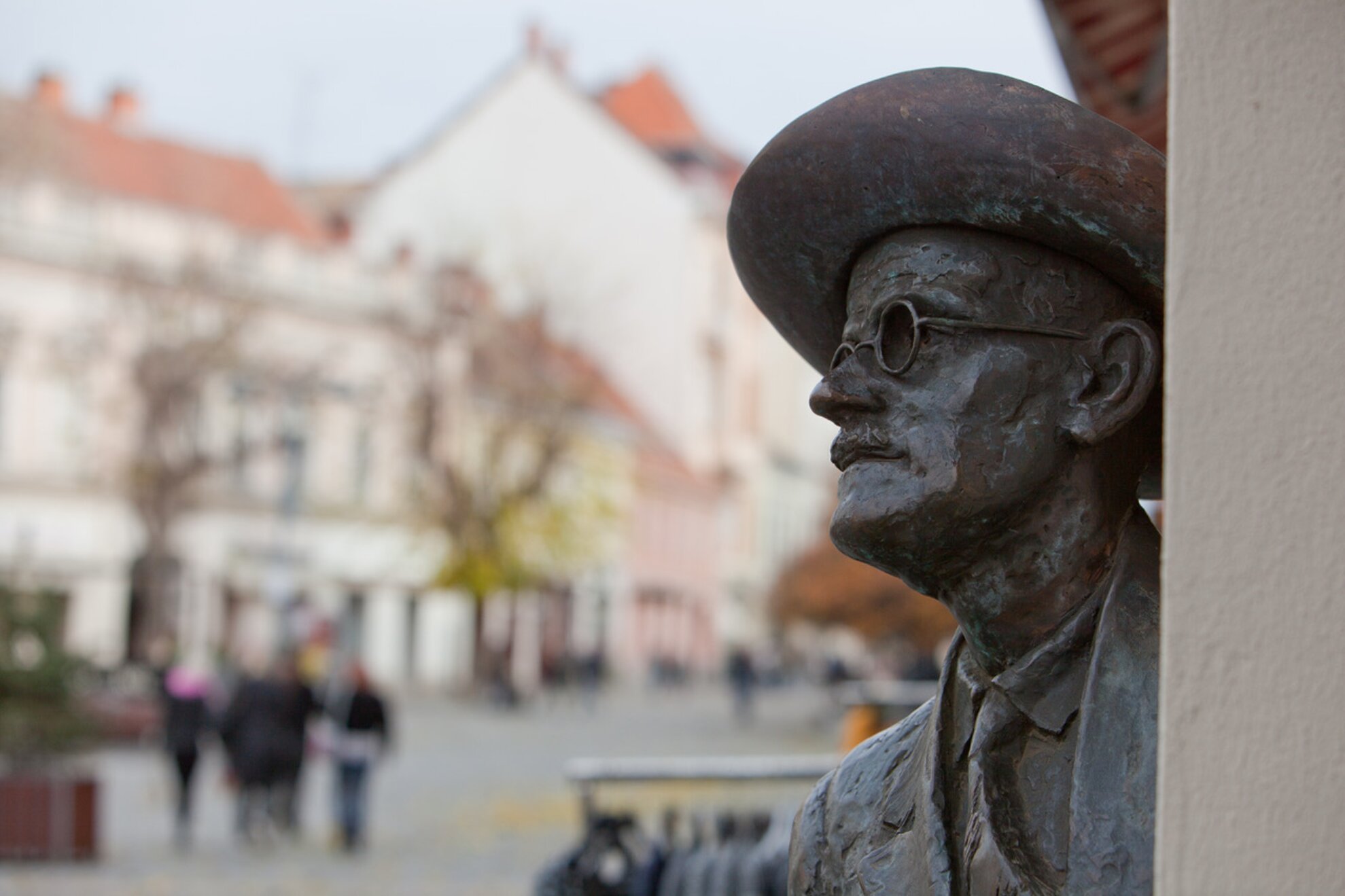
The Resurrection of Hungary: A Parallel for Ireland.
Arthur Griffith was an Irish patriot, journalist and founder of the Sinn Féin nationalist party. In 1904, he published a collection of essays about the rise of Hungary, then a pamphlet entitled The Resurrection of Hungary: A Parallel for Ireland. This paper became the founding document of Sinn Féin, emphasising the withdrawal of Irish MPs from the British Parliament to create a Dublin-based governing body.
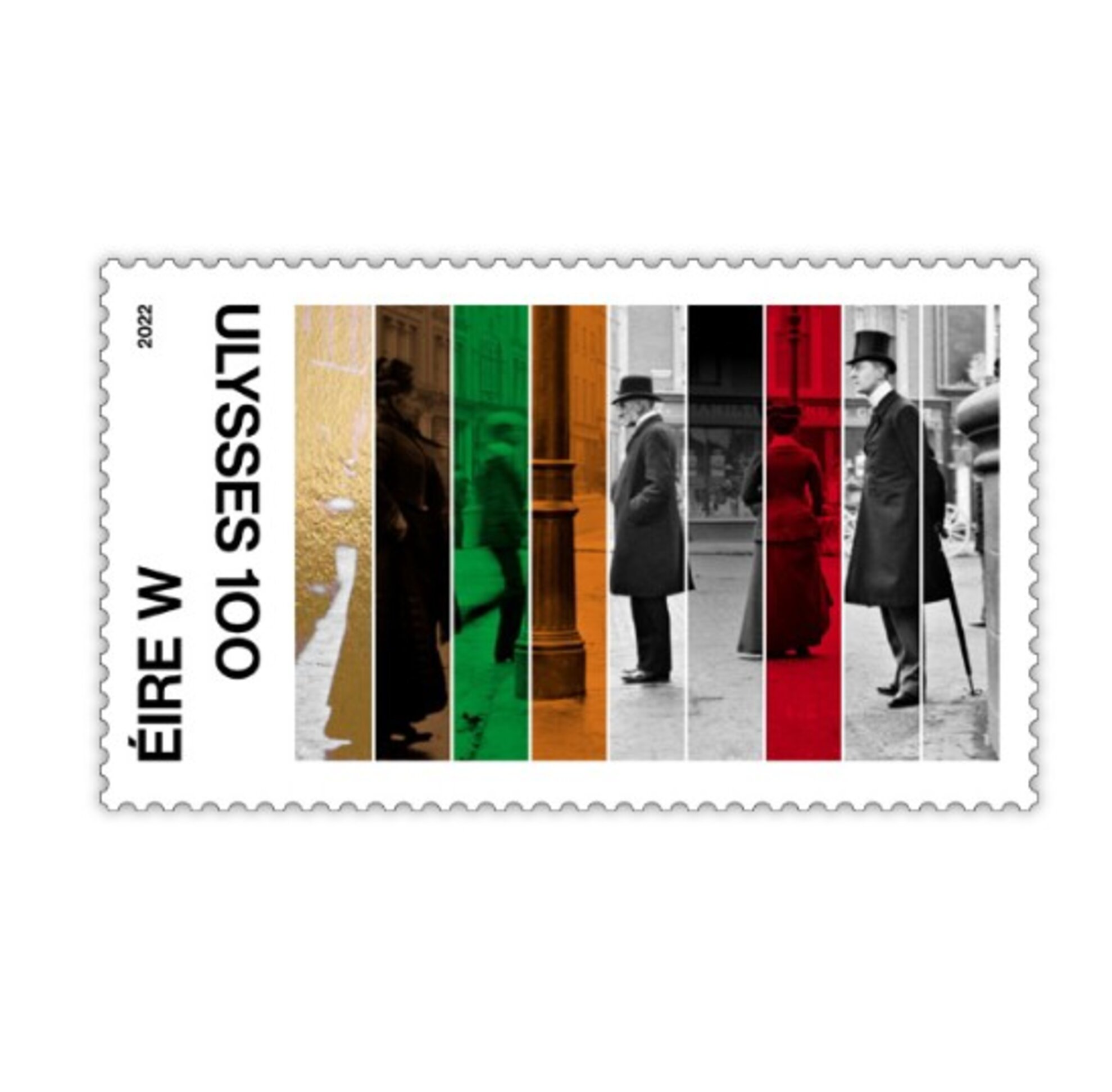
Hungary-Ireland parallels
According to Professor McAteer: “The character of Leopold Bloom has a great similarity to Arthur Griffith. His pamphlet about Hungary might have easily been the reason for the 1904 setting”.
Irish nationalism underscores the novel. Back then, Ireland faced with the same kind of oppression as Hungary had suffered before the Austro-Hungarian Compromise of 1867.
Griffith perhaps looked somewhat enviously at Hungary’s flourishing dual monarchy, and wished to negotiate something similar for Ireland, too. His role model was the Hungarian politician, Ferenc Deák, who helped Hungary achieve its equal status with Austria. Irish and Hungarian connections, thinks Professor McAteer, are even more deeply embedded into Ulysses.
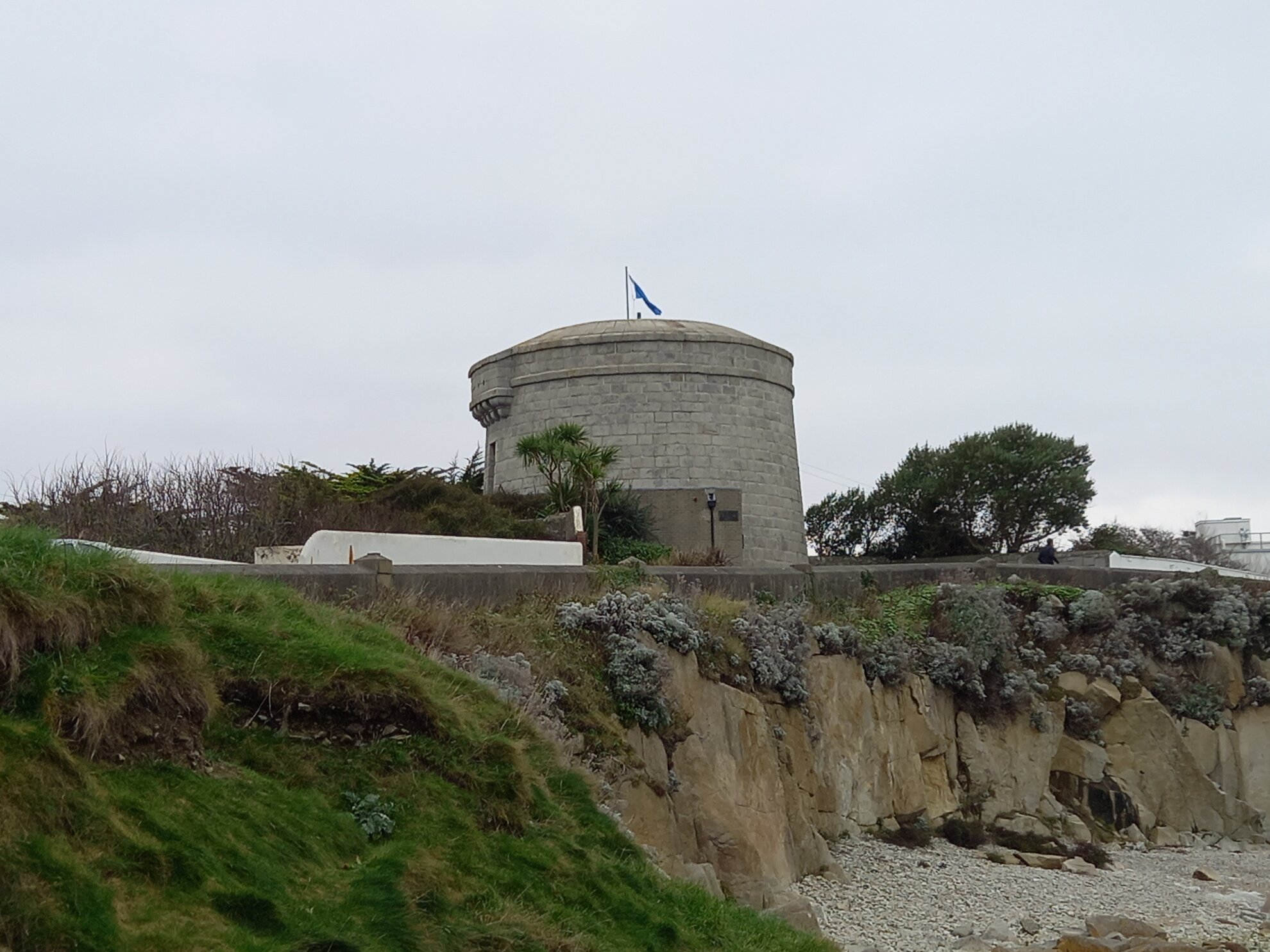
Endless debates surround Joyce’s choice of Szombathely, but research proves that there was indeed a Jewish family named Blum in the town, reveals Professor McAteer. Their address was Fő tér 40-41, which means that they were a somewhat wealthy family living on the main square.
At the time, Szombathely had a large Jewish population for its size and most probably, Joyce heard about a few families while mingling in Hungarian circles in Trieste. Today, Szombathely numbers only 40 Jewish residents, but has preserved Rudolph Bloom’s memory. In the centre of Szombathely stands a bronze statue of Joyce, erected in 2004, and for nearly 30 years one of their main cultural events is the Bloomsday festival.
Bloomsday in Szombathely
As organiser, Szabolcs Prieger says: “Bloomsday, on 16 June, is our major three-day cultural festival. We work closely with the Hungarian James Joyce Society and the Irish Embassy in Hungary, and this year we’re delighted to welcome a contributing Irish artist to our wide-ranging Ulysses project”.
Szombathely is currently hosting Europe’s largest outdoor exhibition, a mural project depicting various episodes in Ulysses. Each year, two Hungarian artists create artwork displayed the walls of central Szombathely. For the centenary celebrations of 2022, an Irish artist will continue the sequence by painting the fifth episode in the book.
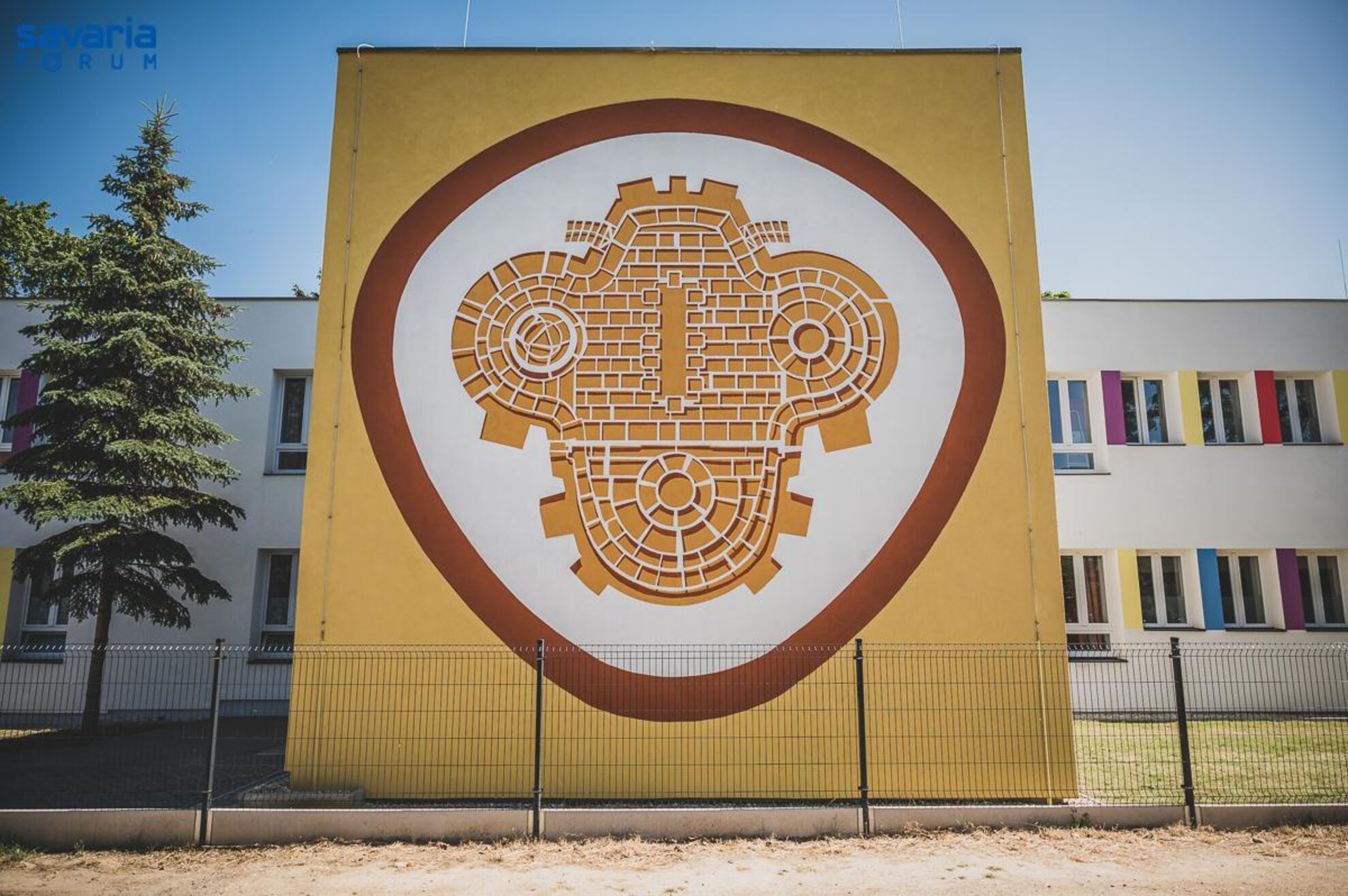
Bloom’s character has inspired other initiatives here, too. Apart from the Hungarian James Joyce Society, there is also a Leopold Bloom, LP Award, honouring artists working within the Joycean world.
The Hungarian obsession with Leopold Bloom
According to Bloomsday organiser Ferenc Kassai: “It’s remarkable how many Hungarians like Joyce and Leopold Bloom. Our events wouldn’t exist without the enthusiasm of people wanting to know more about Ulysses and its Hungarian connections.”

The book took a while to get to Hungary. After Sylvia Beach, owner of Paris bookshop Shakespeare and Company, commissioned the first 1,000 copies to be printed on 2 February 1922, Ulysses was published in London that October. It wasn’t until 1929 that it reached America, despite pressure from the Vice Squad outraged at certain passages. The first major UK publication dates back to 1936.
The first Hungarian translation was in 1947, after which Joyce was banned by the Communist authorities. The novel is now considered one of the most influential works of Modernist literature.
The importance of Joyce
According to Irish scholar Declan Kiberd: “Before Joyce, no writer of fiction had so foregrounded the process of thinking”.
While the novel is unmistakeably linked to Greek mythology, it’s written in a way that captures the styles of different periods of English literature. Despite provoking an obscenity trial in the United States and censure in Socialist Hungary, it’s no exaggeration to say that Ulysses has conquered the modern world, overcoming all linguistic obstacles and foreign borders.
For more about Hungarian-Irish cultural connections, see our interview with the Irish ambassador to Hungary, Ronan Gargan.
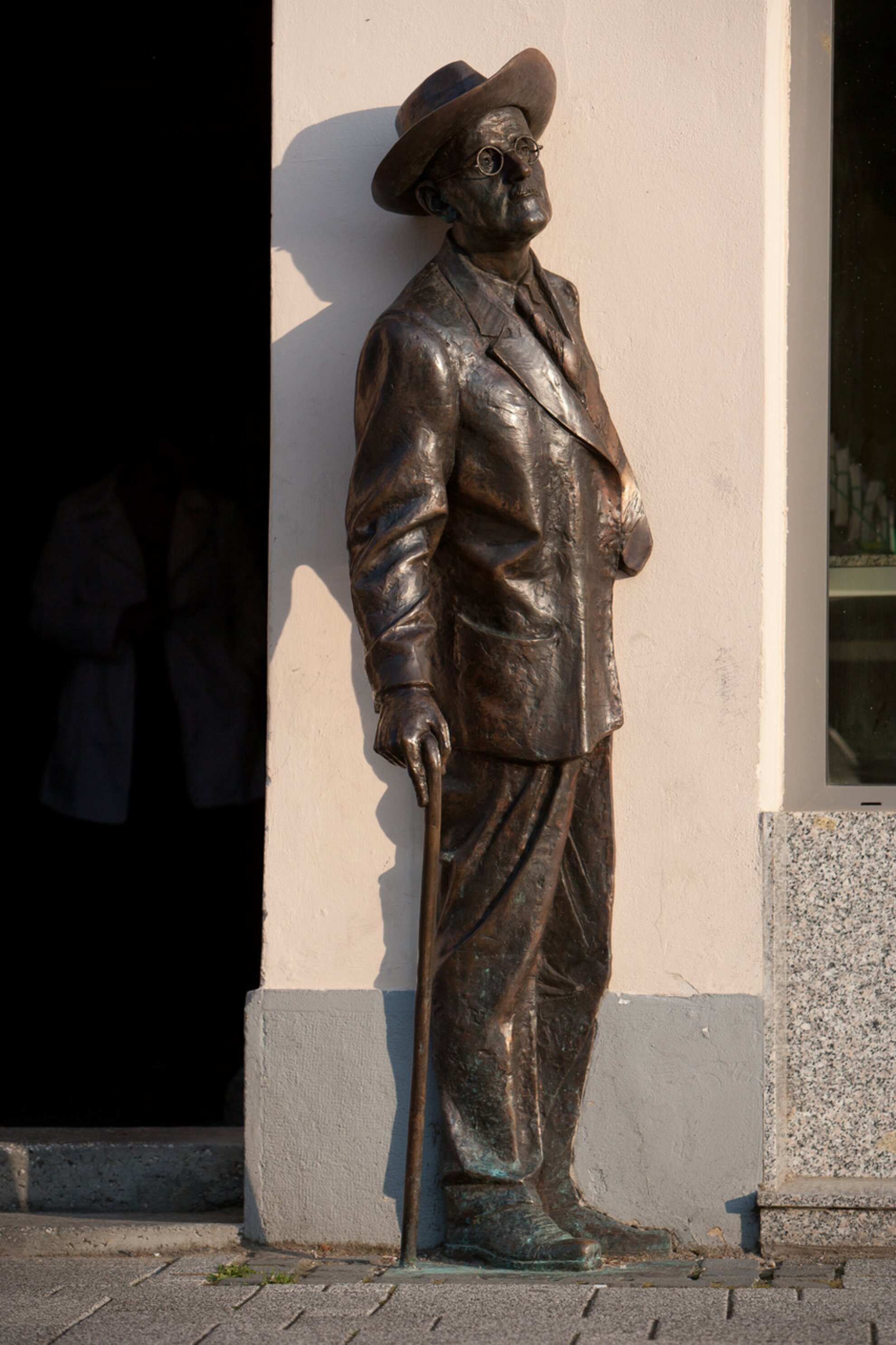
Ulysses events in Hungary
A literary evening takes place at 7pm today, 2 February, at the Nyitott Műhely, 1123 Budapest, Ráth György utca 4, held by the Irish Embassy
A talk about Joyce and Hungarian connections to Ulysses will be held on 22 February at the Art Café in Szombathely. For details of Bloomsday events on 16 June, see here
Today also see the Hungarian-language publication of a scholarly work on Ulysses by Dr Marianna Gula
Pula will be hosting a special Bloomsday event in June
